Megawide: Building Trust with Prefabricated Precast Elements

The Indian Economic Times defines affordable housing as follows: Affordable housing refers to housing units that are affordable by that section of society whose income is below the median household income. Though different countries have different definitions for affordable housing, but it is largely the same, i.e. affordable housing should address the housing needs of the lower- or middle-income households. Affordable housing becomes a key issue especially in developing nations where most of the population is not able to buy houses at the market price.
The UN estimates that by 2030 three billion people will need affordable housing in cities. Many building developers and the building industry are searching for ways to implement this in their business plans and develop solutions which will benefit the people.
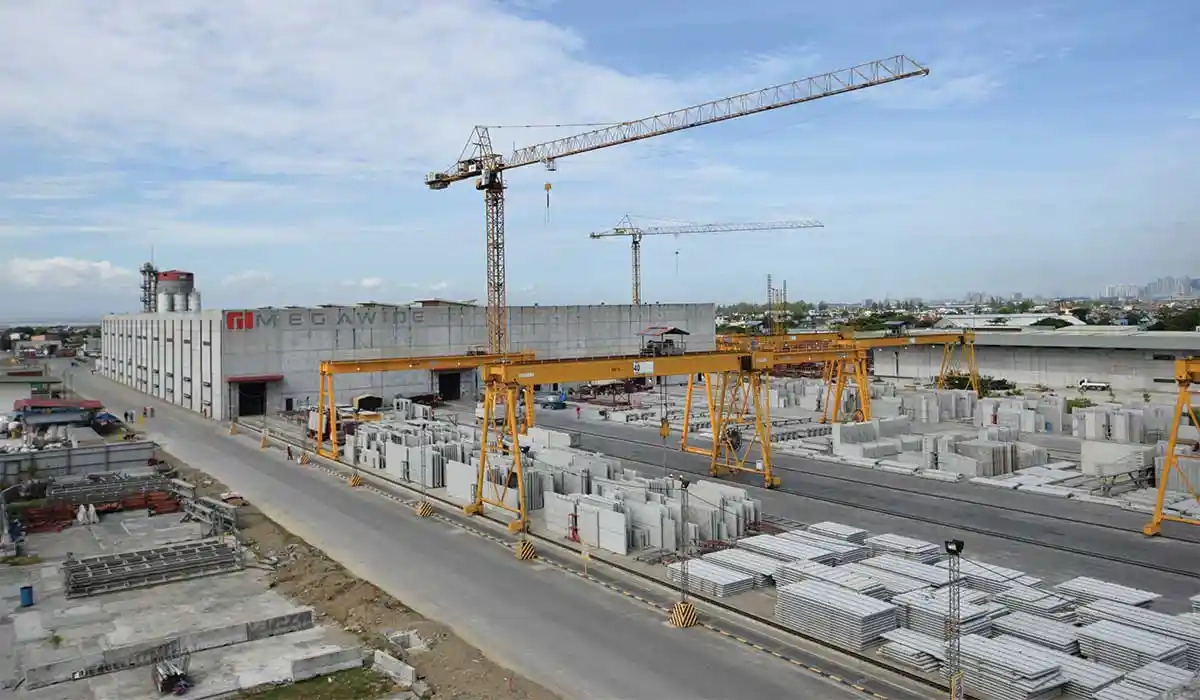 In producing precast concrete elements in factories, the time building on-site is significantly reduced and the quality of the walls and slabs is consistently high.
In producing precast concrete elements in factories, the time building on-site is significantly reduced and the quality of the walls and slabs is consistently high.Affordable Housing in the Philippines is Funded and Supported by the Government
Many governments are conscious about the need for affordable housing and make considerable efforts to support their citizens. In the Philippines, the issue is covered by the Home Development Mutual Fund (HDMF), or more popularly known as the “Pag-IBIG” government fund. The biggest backlog is for the lower income residents and overseas workers with Filipino citizenship.
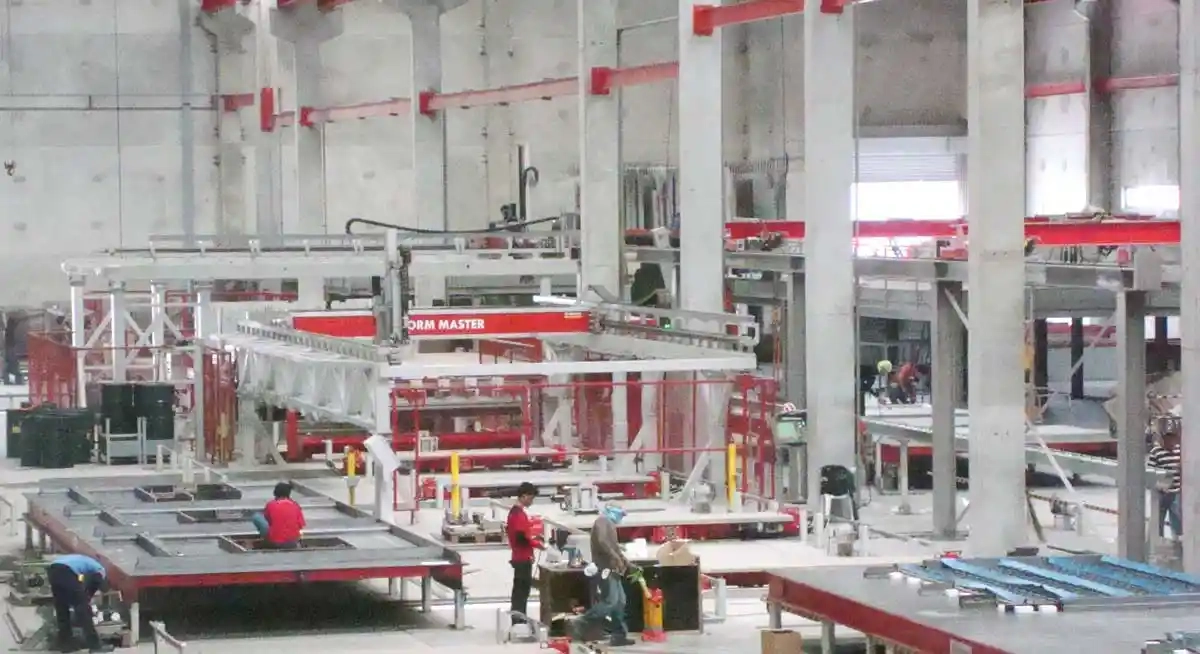 The automated machinery from PROGRESS GROUP helps to reduce the physical labor and increases speed and safety at the same time.
The automated machinery from PROGRESS GROUP helps to reduce the physical labor and increases speed and safety at the same time.Within the five categories covered by this fund, leading Philippine infrastructure and engineering innovator, Megawide Construction Corporation, focuses on the two most economic ones for their projects and is showcasing how prefabricated precast concrete elements are creating mutual benefits.
Socialized housing: with a unit size of 18-24m² and a sales price of approximately 520.000 Peso (9.000 Euro).
Economic housing: with a unit size of 42-48m² and a sales price of approx. 2 million Peso (34.000 Euro).
There also exist different configurations of the housing types within these categories like row houses (town houses), duplex houses, single attached, etc.
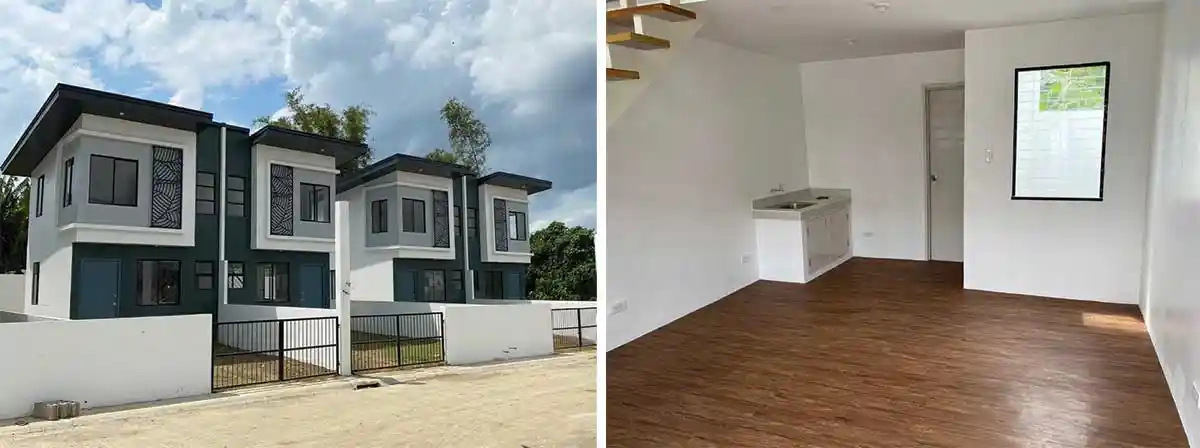 In these units, as per Philippine custom, often the whole family is living in one flat together - with an average Filipino family size of two adults and at least three children.
In these units, as per Philippine custom, often the whole family is living in one flat together - with an average Filipino family size of two adults and at least three children.Megawide building affordable houses with state-of-the-art central factories and satellite precast factories
For over 10 years, Megawide is building high-rise and mid-rise projects with prefabricated precast elements and believes that this method of building will define the future of affordable housing.
Megawide is the contractor for one of the biggest housing projects in the Philippines, a country where affordable housing is also hugely anticipated and supported by the government. The company is currently building six projects with prefabricated precast elements, totalling around 12.000 units. Two additional projects will start in 2021 for 6.000 units. For these projects the company is either the EPC Contractor (Engineering, Procurement and Construction) or only the Precaster.
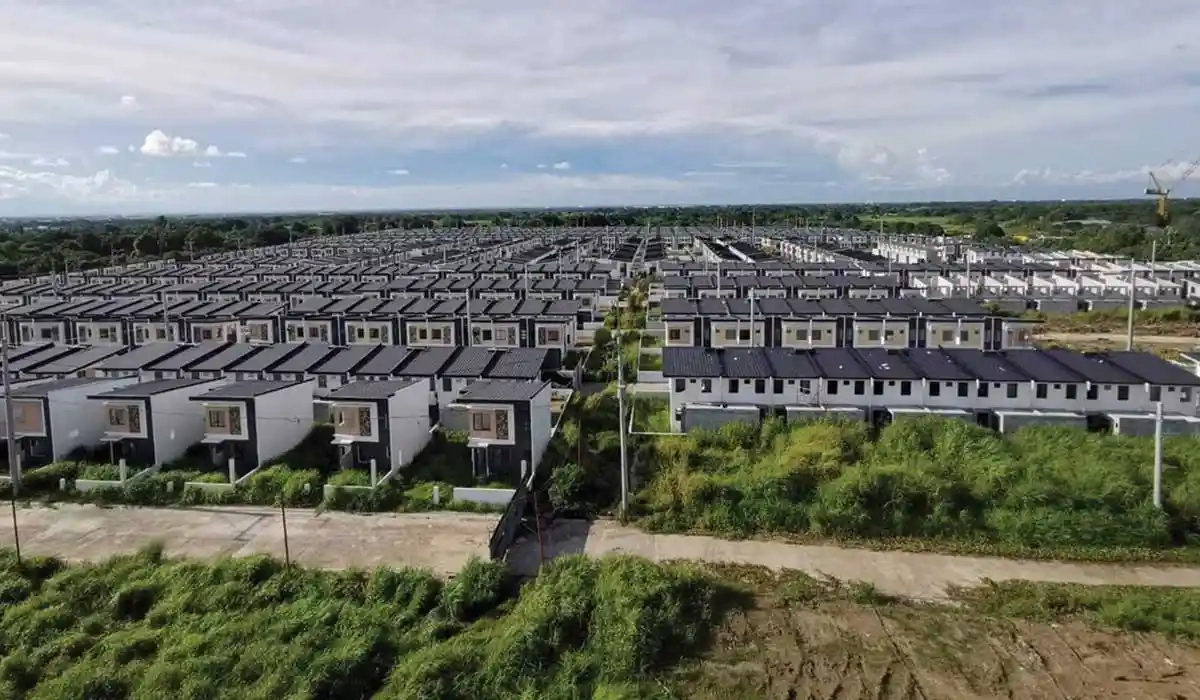 Megawide is planning to add two projects every year, as they see an increasing need in the future.
Megawide is planning to add two projects every year, as they see an increasing need in the future.Two of the new projects will be the first for horizontal housing developments and will be delivered as turnkey. All the ongoing ones are located in the province of Luzon and one turnkey project will start in Mactan Island in Cebu. The projects in the Manila metropolitan area are covered by the centralized factory in Taytay, Rizal. For the other projects, the prefabricated precast elements are produced in a satellite factory on-site, which keeps it more cost-effective. Logistics costs are too high to deliver from centralized factories to all the locations of housing developments in the provinces. But this does not mean that the satellite factories are any less productive. In these facilities the machines are equipped with modern technology, and provided, among others, by one of the biggest precast machinery developers in the world, the Progress Group. With this innovative technology the elements can be produced with less manpower and within a short period of time. The precast slabs and walls, as well as the already prefabricated bathroom units, can be installed quickly on-site, thanks to the short building time with this method and a committed schedule.
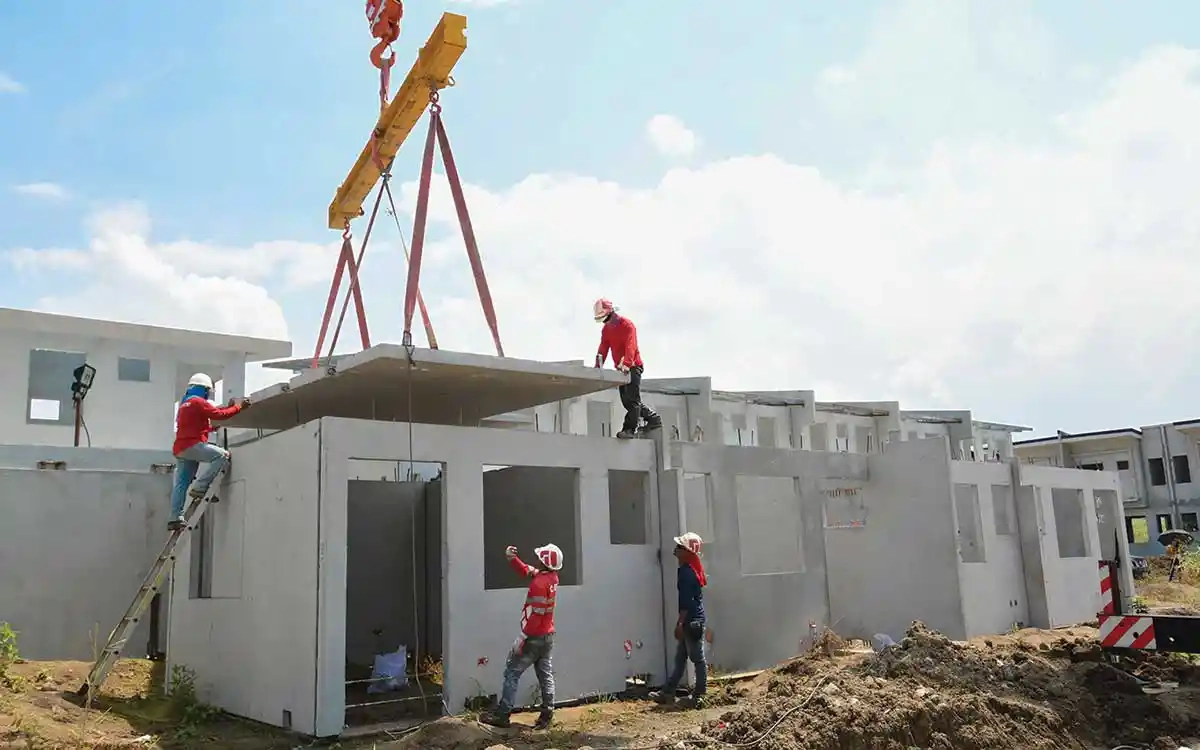 The precast elements used are 100 mm wide solid walls all around both floors as per minimum code requirement. The 120 mm solid slabs are provided as one piece.
The precast elements used are 100 mm wide solid walls all around both floors as per minimum code requirement. The 120 mm solid slabs are provided as one piece.But still, many people of the industry are unsure if this way of building can also be profitable for the company. The answer is yes, this business can be commercially successful. More and more builders are counting on the method’s faster construction process and high-quality standardization, as well as on-time delivery to clients. That is why precast elements are preferred over other building methods.
Megawide precast system, from engineering to production and installation, as well as high technical know-how for less costs, are the keys. The company is setting up a factory, ramping it up quickly, and performing as per agreed schedule to complete enough units per month. Yes, with precast the costs are higher. But with a conventional method, nobody can complete as many units per month and year as one can with precast.
Town houses in Tanza
One of Megawide’s projects with a focus on town houses is located in Tanza, at Cavite, Luzon. On 28 ha for 2800 units, the main client’s design is 42 m² per unit. Every developer has its own design, but most of the economic houses are planned as town houses with 42 to 48 m². The ones with 50-65m² are single attached or duplex units with a higher sales price. Two to three units are installed per day, resulting in 60 to 70 units per month, which can be finalized with precast elements. The goal is to complete 600 plus units per year per location with one production facility and one installation team and crane.
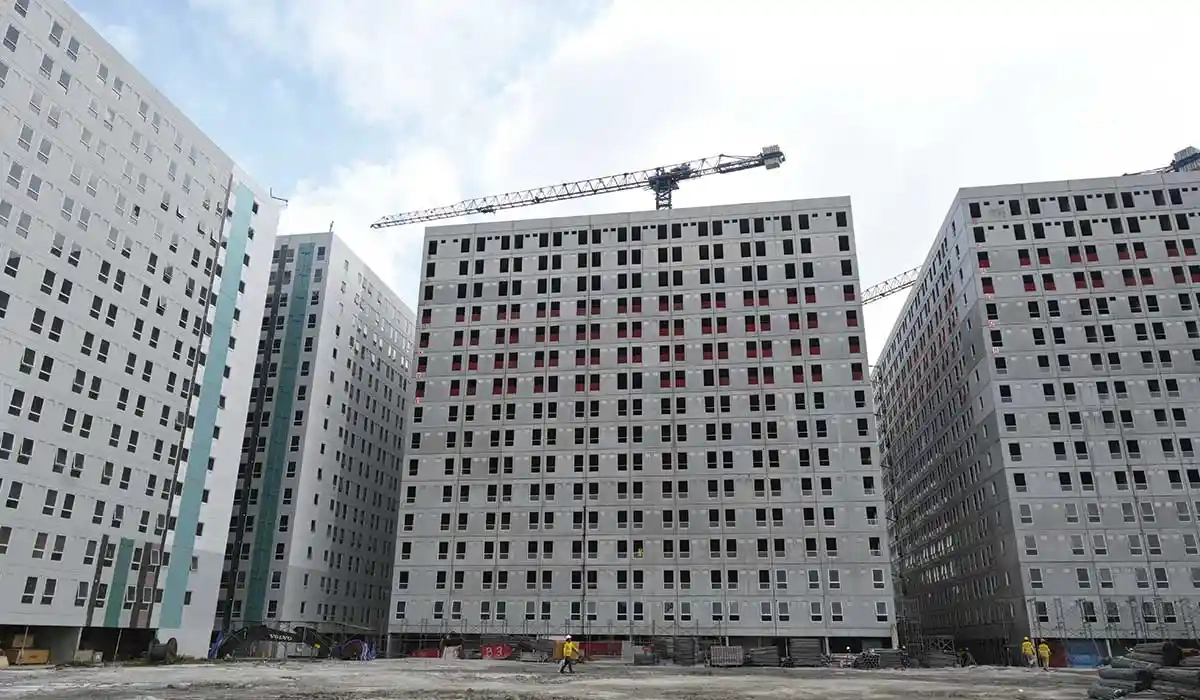 14-storey mid-rise affordable housing built with 90% precast
14-storey mid-rise affordable housing built with 90% precastAdding to the town houses built with precast elements, affordable housing projects also include infrastructures like town halls, basketball courts, and other community areas. Sometimes, even the streets are built by the developer.
The main customer for these buildings are overseas workers and, as per the funding guidelines, they can buy this house for an amortization of 3000PHP/month (52 Euro). 1.8 M Philippine peso (31.000 Euro) is the approximate sales price, which of course, varies in different regions.
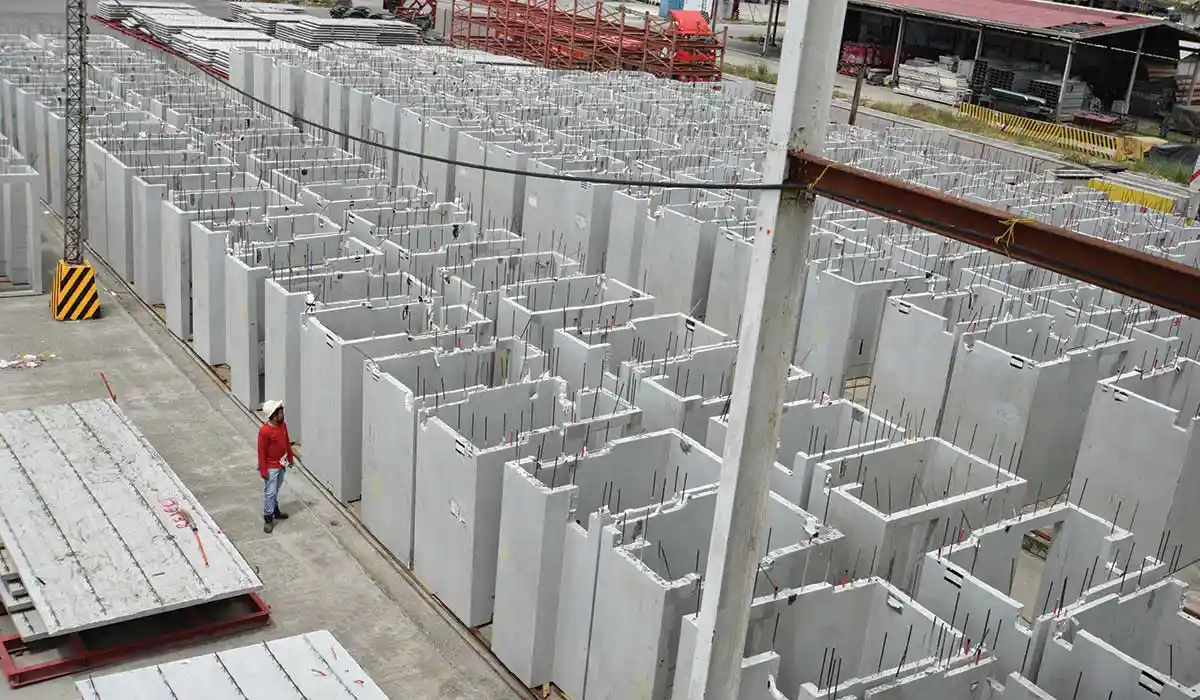 The prefabricated bathroom units (PBU) are being delivered as a finished unit ready to be installed at the construction site with less manpower needed.
The prefabricated bathroom units (PBU) are being delivered as a finished unit ready to be installed at the construction site with less manpower needed.Multi-storey buildings for people working in the metropolitan area of Manila
Another of Megawide’s projects is a 14-storey mid-rise affordable housing built with 90% precast - shear walls, half slabs, external and internal walls, stairs, and prefabricated bathroom units.
The pre-Covid plan was to create 23 buildings with 900 units each, all within five years of building time. Now, the schedule for the construction finalization has expanded. Still, with this big floor area Megawide is able to construct one floor within 10 days. Most of the buyers are singles or couples working in the metropolitan area of Manila who don’t want to travel much to their homes in the provinces. One to two people with maximum two kids are going to live in the 24 m² single bedroom flats, with only a few bigger double condos.
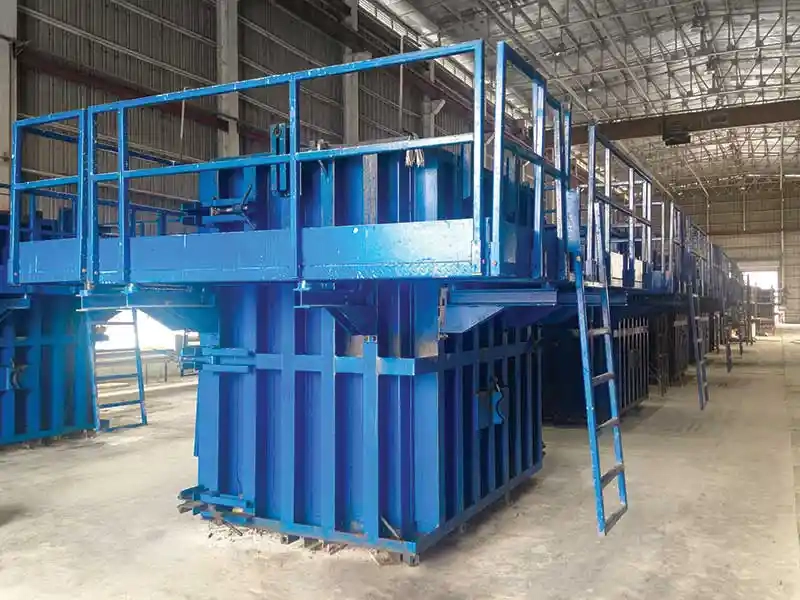 The PBU’s are made in a fully automated mould system from PROGRESS GROUP. They can be filled from above or through the side by a pump system.
The PBU’s are made in a fully automated mould system from PROGRESS GROUP. They can be filled from above or through the side by a pump system.The back log is the same, but Covid changed the working habits, and with that, the demand for one’s own home and its location. The trend is said to switch from living close to the city to more likely living in provincial areas, as working remotely is getting very common in all businesses. Building with precast elements made in satellite factories is flexible and can work with this trend, without losing any time and at a much better financial benefit than thought.
Building with precast elements is more cost intensive than other methods, but due to the highly increased production and building speed, it is still lucrative and gives the real estate developer a higher level of commitment and safety regarding the delivery time. It makes sure they don’t lose buyers due to much higher finalization time than anticipated.
With the precast elements, Megawide is providing a new edge and opportunity by offering a much higher quality than conventional construction to the developers. This leads to a higher selling price of the units, which creates trust in the developer’s brand as they work with a well-known brand like Megawide.
NBM&CW December 2021



















